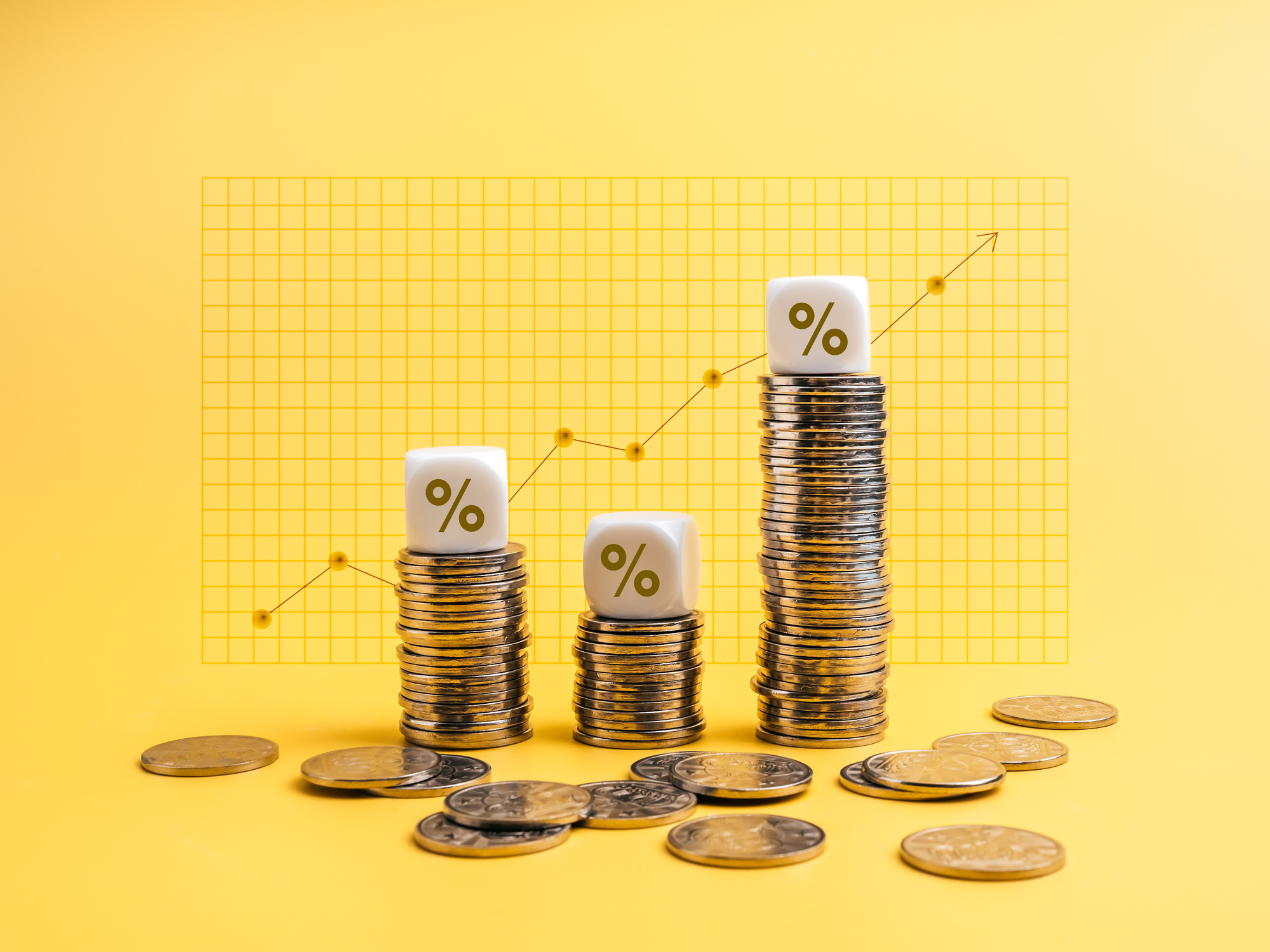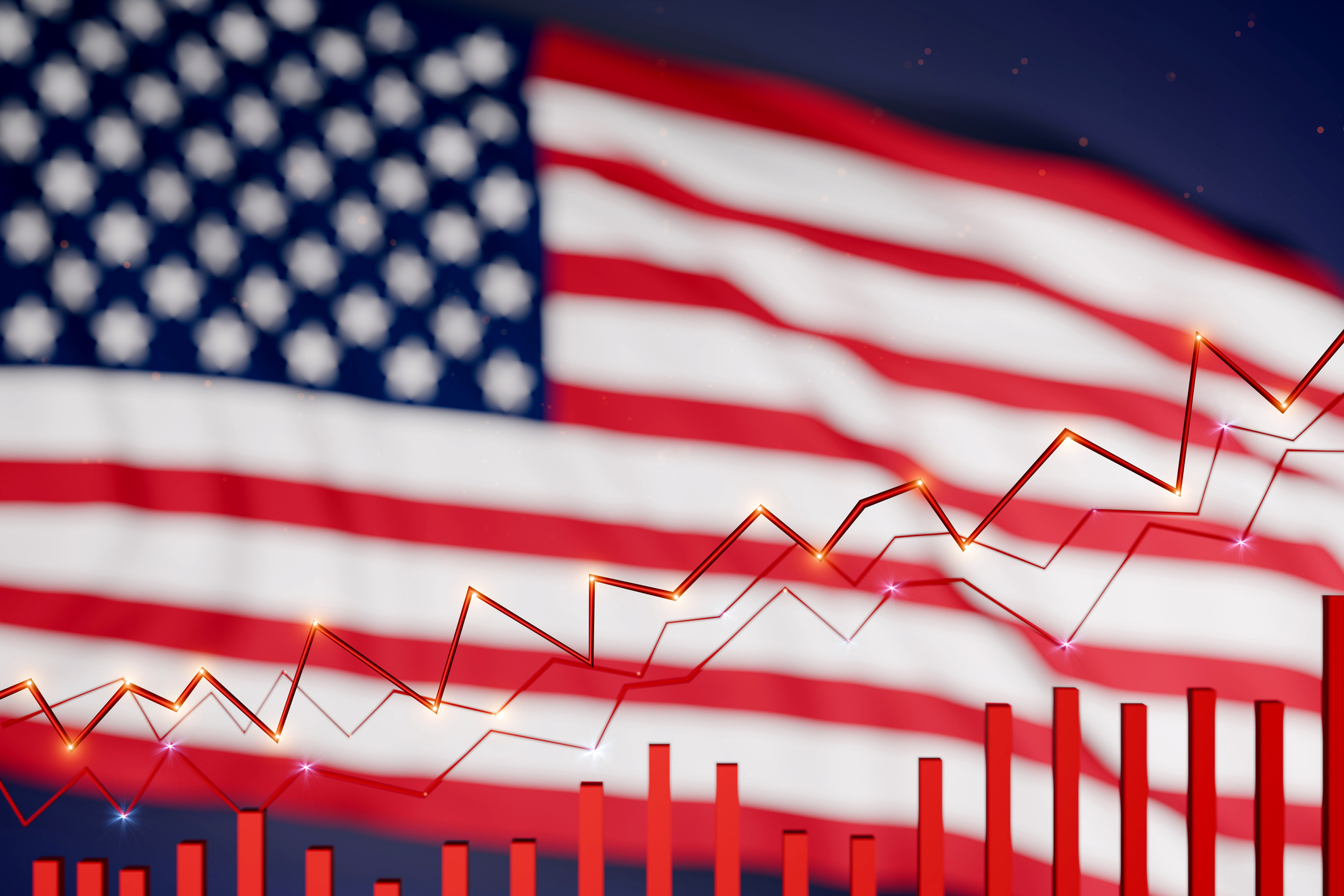Investors rediscover the virtue of value investing over growth
Growth investing, betting on rapidly expanding companies, has proved successful since 2008. But now the other main investment style seems to be coming back into fashion.


I wasn’t at MoneyWeek when our portfolio of investment trusts was set up in 2012, but the editor tells a funny anecdote. We are famously contrarian, so all six of the trusts originally chosen were “value” plays. Just before the model portfolio was published, someone got a little twitchy. “Shouldn’t we hedge our bets with a bit of growth?” After some huffing and puffing, growth-orientated Scottish Mortgage was added. In the years that followed, this last-minute addition drove almost all of the portfolio’s performance.
The past 17 years have been a tough time to be a value investor. But value actually has a better long-term record than growth. US value stocks have beaten their growth counterparts by an average of 2.5% a year since 1926, according to figures cited in Breakingviews.
Value fell out of vogue in 2008 when the global financial crisis prompted central banks to cut interest rates to ultra-low levels, where they stayed for more than a decade. When interest rates are low, money is cheap to borrow, and companies can invest in future growth more easily. This benefits rapidly expanding firms. Growth stocks raced ahead, and some started to question whether value was dead.
MoneyWeek
Subscribe to MoneyWeek today and get your first six magazine issues absolutely FREE

Sign up to Money Morning
Don't miss the latest investment and personal finances news, market analysis, plus money-saving tips with our free twice-daily newsletter
Don't miss the latest investment and personal finances news, market analysis, plus money-saving tips with our free twice-daily newsletter
Following a pandemic, war in Europe and a period of high inflation, the post-2008 era is well and truly over. “It’s difficult to predict exactly where interest rates or inflation are going to be over the next few years, but it does feel sensible to say that on average they will be more of a feature,” says Beth Shard, deputy fund manager at Invesco. “Surely in a world where money isn’t free, the price you pay for something must matter.”
Finding value: what is value investing?
Value investors buy stocks that are trading at a discount to fair value in the hope that the share price will catch up. The idea is to buy a pound of assets at, say, 60 pence. Analysts value companies by looking at data such as earnings, book value and cash flows. Warren Buffett, the world’s most famous value investor, once said: “Price is what you pay; value is what you get.”
There could be many reasons why a stock is trading at a discount. Perhaps the firm is in a sector that has become unfashionable, or investors have overreacted to some bad news. The trick is to identify companies that are unfairly undervalued rather than those that are cheap for a reason, otherwise known as value traps.
Finding the catalyst for a rerating is also important. Perhaps the company’s management team has changed, or a new business strategy is being implemented.
“There’s no point just buying something cheaply and then hoping for the best,” says Joe Bauernfreund, manager of the AVI Global Trust. “Very often, it’s shareholder activism that really is the driver there.”
Going for growth: what is growth investing?
Growth investors buy shares in companies that are rapidly expanding. They are often more expensive than value stocks, as investors are paying for future potential rather than current earnings. Growth companies don’t tend to pay large dividends, as profits are generally reinvested in future projects.
Some of the most famous growth companies are in the technology sector: the likes of Nvidia, Meta and Tesla. All three are investing huge sums today in the hope of emerging as the winner of the AI race tomorrow.
Low interest rates favour growth stocks because of the way companies are valued. Analysts discount future cash flows to account for the time value of money: money today is worth more than the same amount tomorrow. When interest rates are low, so is the discount rate, increasing the value of future cash flows.
Is the pendulum swinging back?
Value investors have been talking about a style rotation for years. Given that interest rates started rising in late 2021, shouldn’t it have happened already? We did see some initial signs in 2022, when the tech boom went into reverse. The Magnificent Seven shed 40% of their collective value that year as central banks hiked rates. Share prices quickly bounced back, though.
Things could be starting to shift again now. Data from investment research company Morningstar, focused on over 800 global large-cap funds, shows that value has outperformed growth so far this year for the first time since 2022. Value funds are up 14%, while growth funds are up around 10% (July 2025).
“The value resurgence has been driven by a couple of key factors,” says Mark Preskett, senior portfolio manager at Morningstar Wealth. “Firstly, global value funds tend to hold a bias towards emerging-market and European companies, which have both handily outperformed the US this year.
“Secondly, value funds tend to overweight stocks in the financial services sector while running an underweight to the technology sector. In 2025, the two sectors have shown a sharp divergence in fortunes, with financial stocks among the best performers year to date.”
Things look different when you examine the US market in isolation. US growth funds are still outperforming value, as US tech stocks have rebounded strongly in recent months. Meanwhile, healthcare – a sector often favoured by value investors – has struggled. Despite this, there is a sense that sentiment is now shifting.
“You’ve got this... tension,” Bauernfreund says. “There is this ‘buy the dip’ mentality, but on the other hand, you’ve got more sophisticated investors worried about valuation. Coupled with what’s going on in the US politically, they have started to look elsewhere.”
One key beneficiary has been Europe, which looks cheaper than the US. Investors pulled £622 million from North American funds in May following the Liberation Day turmoil, according to the Investment Association. Meanwhile, European funds saw inflows accelerate to £435 million.
The latest data shows North American funds returned to modest inflows in June (£52 million), but Europe still outpaced the US with inflows of £198 million. Time will tell whether this develops into a sustained trend, but mounting interest from investors could create a tailwind for value-oriented markets.
The UK offers good value in a global context. The FTSE All-Share is trading at 13 times forecast earnings, compared with 23 times in the US, according to recent data shared by Fidelity International. “Should the US market trade at a premium to the UK?” asks Alex Wright, manager of Fidelity Special Values. “I think it should, because of the much larger technology weight. But I think that gap is too large.”
The UK also looks cheap compared with its own history. Fidelity data shows the FTSE 100 is trading at a 10% discount to the average forward price/earnings ratio since 1998. That discount gets larger as you move down the market-cap spectrum.
It is perhaps unsurprising. The UK has been unloved since Brexit. Even before 2016, there was a problem with institutional investors pulling money from the domestic market. Pension funds and insurers have gone from owning around half of the UK market in the 1990s to just 4% today.
Back to Blighty: do UK equities offer good value?
The outlook now seems to be improving. “I think they’ve pretty much sold all they needed to sell,” says Simon Gergel, manager of the Merchants Trust. Policymakers are also encouraging pension funds and private investors to put more of their money into the UK, which could help over the long run. Gergel says the government and regulator are singing from the same hymn sheet for the first time in his 35-year career.
There are also some big buyers in town. International private-equity firms have been taking the opportunity to shop around in bargain Britain, snapping companies up at a discount. Shard thinks more of this activity could help “shine a light on the value on offer here”. Management teams clearly recognise the value in their own stock too. There has been a record amount of buyback activity in recent years.
Stock market turnarounds are famously difficult to call until they have already happened, but so far this year, UK performance has been strong. The FTSE All-Share is up more than 13%. Wright doesn’t think the UK market as a whole will grow its earnings in 2025, partly because dollar-earners will be hurt by currency effects when converting holdings back to sterling.
However, there are still opportunities to be found. For the companies in his UK equity portfolios, he is forecasting 6% operating profit growth in 2025, 11% in 2026, and 9% in 2027. With this sort of earnings growth and dividends on top, “we don’t actually need there to be a rerating to produce very good returns”.
Where to invest
From a regional perspective, the UK is worth a look. Fidelity Special Values (LSE: FSV) invests in undervalued companies across the market-cap spectrum, with an emphasis on UK small and mid caps. The trust has delivered 26%, 15% and 18% on a one-, three- and five-year basis (annualised share price returns as of 30 June).
The Invesco UK Opportunities Fund (UK) has more of a large-cap bias, and has delivered annualised returns of 13%, 12% and 16% over the same periods. Meanwhile, the Merchants Trust (LSE: MRCH) is a good option for value investors seeking income. It has a yield of 5% and has raised its dividend every year for the past 43 years.
The AVI Global Trust (LSE: AGT) also looks interesting. Many of the companies it contains are conglomerates and holding companies. This gives investors exposure to a diversified pool of firms, often at a discount. One example is the Italian holding company Exor – a significant owner of Ferrari. “Ferrari makes up over half the value of Exor, and Exor itself is trading at a discount of more than 50% compared with the value of its underlying companies,” says Bauernfreund.
A range of geographic exposures to value is available through exchange-traded funds run by Invesco. There is the FTSE RAFI All World 3000 UCITS ETF (LSE: PSRW) for a global value play; the FTSE RAFI US 1000 UCITS ETF (LSE: PRUS) for US value; and its European counterpart the FTSE RAFI Europe UCITS ETF (LSE: PSRE). The British version is the FTSE RAFI UK 100 UCITS ETF (LSE: PSRU). Meanwhile, the FTSE RAFI Emerging Markets UCITS ETF (LSE: PSRM) gives exposure to opportunities in developing economies.
This article was first published in MoneyWeek's magazine. Enjoy exclusive early access to news, opinion and analysis from our team of financial experts with a MoneyWeek subscription.
Get the latest financial news, insights and expert analysis from our award-winning MoneyWeek team, to help you understand what really matters when it comes to your finances.
Katie has a background in investment writing and is interested in everything to do with personal finance, politics, and investing. She previously worked at MoneyWeek and Invesco.
-
 Boost for over 100,000 families on Child Benefit as new HMRC payment system rolled out
Boost for over 100,000 families on Child Benefit as new HMRC payment system rolled outThousands of households will no longer have to pay the dreaded High Income Child Benefit Charge through self-assessment
-
 Are you being haunted by the ghost of Christmas past? How festive cutbacks could boost your long-term wealth
Are you being haunted by the ghost of Christmas past? How festive cutbacks could boost your long-term wealthThe average family spends around £1,000 over the Christmas season. Here’s how much you could have gained if you had invested some of the money instead.
-
 Stock markets have a mountain to climb: opt for resilience, growth and value
Stock markets have a mountain to climb: opt for resilience, growth and valueOpinion Julian Wheeler, partner and US equity specialist, Shard Capital, highlights three US stocks where he would put his money
-
 The steady rise of stablecoins
The steady rise of stablecoinsInnovations in cryptocurrency have created stablecoins, a new form of money. Trump is an enthusiastic supporter, but its benefits are not yet clear
-
 SRT Marine Systems: A leader in marine technology
SRT Marine Systems: A leader in marine technologySRT Marine Systems is thriving and has a bulging order book, says Dr Michael Tubbs
-
 Goodwin: A superlative British manufacturer to buy now
Goodwin: A superlative British manufacturer to buy nowVeteran engineering group Goodwin has created a new profit engine. But following its tremendous run, can investors still afford the shares?
-
 A change in leadership: Is US stock market exceptionalism over?
A change in leadership: Is US stock market exceptionalism over?US stocks trailed the rest of the world in 2025. Is this a sign that a long-overdue shift is underway?
-
 A reckoning is coming for unnecessary investment trusts
A reckoning is coming for unnecessary investment trustsInvestment trusts that don’t use their structural advantages will find it increasingly hard to survive, says Rupert Hargreaves
-
 Metals and AI power emerging markets
Metals and AI power emerging marketsThis year’s big emerging market winners have tended to offer exposure to one of 2025’s two winning trends – AI-focused tech and the global metals rally
-
 8 of the best houses for sale with beautiful fireplaces
8 of the best houses for sale with beautiful fireplacesThe best houses for sale with beautiful fireplaces – from a 15th-century cottage in Kent to a 17th-century palazzo in Oxfordshire
